Chants for Elementary Music
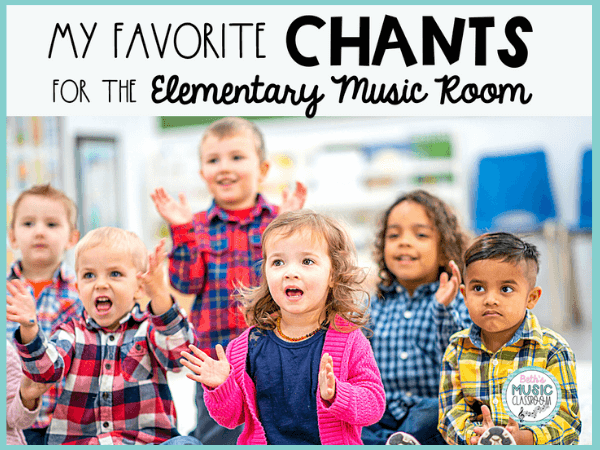
My Favorite Chants for Elementary Music
This past year, chants have become the staple of music teachers, due to Covid-19 and being unable to sing. I’m sure you’ve used many chants for your elementary music classes before this school year. However, if you’re looking to add some new ones to your repertoire, then read on! These are a few of my favorite chants to use with my elementary music classes.
Hickory Dickory Dock
“Hickory Dickory Dock” is a classic nursery rhyme and chant, perfect for your young students. I use this chant in so many different ways throughout the year.
First, right at the beginning of the year in kindergarten, we use it to practice speaking voice. Then later, my students already know the chant when I pull it out for different types of movement and tempo. We discuss how the mouse tiptoed slowly up the clock, and then climbed down quickly after he heard the clock chime. The students say the chant while acting out the mouse’s fast and slow motions. Also, I ask students to think about how different animals would have moved up and down the clock – ran quickly, hopped fast, slithered up, etc. You can get a freebie for “Hickory Dickory Dock” here.
For first grade music, I love this chant for reinforcing melodic movement. I use it to help students distinguish between melodies that move up and down, along with some vocal exploration practice. Finally, adding instruments can be a great closing activity for this chant.
Engine, Engine, Number Nine
“Engine, Engine Number Nine” is a great chant for kids, and a definite favorite in my class each year. This chant works so well to help prepare and present rhythm with Kindergarten and first grade students. Divide your class into two different groups, with one group patting the steady beat while the other claps the rhythm. They can also chant along with it, and then switch jobs of each group.
I also love using this chant during our tempo lesson. Students stand in a circle with a chosen “train conductor” student in the center, who shows the speed of their chant and train. They lead the class, pointing or tapping around the circle to the steady beat. The person that they are pointing to at the end of the chant goes to the middle to be the next conductor and start again.
Another activity for the chant “Engine, Engine” is to add instruments to accompany it. Last year, my coworker and I made bottle instruments (made out of a small water bottle, rice, and popsicle stick) for every student to use as a scraper, shaker, and striker. Also, performing simple ostinatos along with a chant is great practice for building higher level musical skills. You can find many simple arrangements to other popular and folk songs by clicking here. You can also find a rhythm freebie for “Engine, Engine” here.
How Much Wood Could a Woodchuck Chuck
This is a great chant for your upper elementary music classes. After practicing the more difficult rhythms (ti-tika/ti-tiri) in the chant and becoming familiar with it, students are ready to add instruments. You can use regular classroom percussion instruments, homemade instruments, or even body percussion. The rhythmic parts work together so that students can perform their parts as a whole group while chanting along to it.
I normally use this one around Groundhog Day, but my students really enjoy it and often ask for it later in the year too. For a free version of what I use with my students, click here.
Double Double This That
The next chant for kids is “Double Double, This That.” It is a short chant, but it is a bit of a tongue twister. First, practice the text and the rhythm so that students can become more familiar with it before adding in the motions.
Normally, you would perform this hand game with a partner, clapping each other’s hands, so I adapted it. Using pats, claps, and snaps, students can do the hand motions on their own and in their own space. You can really use any type of motion for any of the words, but here is what I do with my students:
Double double this this,
Double double that that,
Double this, double that,
Double double this that.
Double pat fists on lap / This clap / That snap
You can also use this chant for students to write their own lyrics to create verses. Encourage them to brainstorm things they love, favorite foods, school subjects, or even use their own name, if it fits the correct number of syllables. With slightly older students, I encourage them to think of words that would work well together. Here are some examples:
Ice cream ice cream sun sun,
Ice cream ice cream day day,
Ice cream sun, ice cream day,
Ice cream ice cream sundae.
San Fran- San Fran-cis-cis
San Fran- San Fran-co-co
San Fran-cis, San Fran-co
San Fran- San Francisco.
Boom Chicka Boom
I just love this popular chant, and my students are obsessed with it too! It is a simple echo chant that is often a favorite at camp, but there are endless options to using this chant for elementary music and also middle school.
The fun thing about “Boom Chicka Boom” is that you can easily adapt it to use when teaching a music theory concept, such as dynamics, tempo, or voices, or to match a themed lesson, like farm, transportation, etc. Here it is:
I said a Boom Chicka Boom, (echo)
I said a Boom Chicka Boom, (echo)
I said a Boom Chicka Rocka Chicka Rocka Chicka Boom, (echo)
Uh huh, (echo)
Oh yeah, (echo)
One more time, (echo)
_____________ style. (insert new style for next verse) (echo)
If you’ve never heard this camp favorite, just Google “Boom Chicka Boom,” and you will find a lot of hysterical new lyrics to use with your students. You can also get a free version in my TpT store. My favorite way to use it is to review forte and piano in 1st and 2nd grade. I start by going through it once or twice normally, so students can become familiar with it. Then I change it to “piano style” and “forte style” where we speak the chant really quietly or loudly. I also tried using this while reviewing step, skip, leap, and repeat with my third graders. I sang each phrase, using one of the four melodic movements, and students echoed and then had to guess which style I was using.
I hope you are able to use some of these ideas with your elementary music class. You can find all of these chants available in my Teachers pay Teachers store – and most are free! I’d love to hear from you. You can always email me if you ever have any questions or suggestions.
Looking for other elementary music lesson ideas, check out this post on resources for teaching steady beat vs. no beat.
Beth

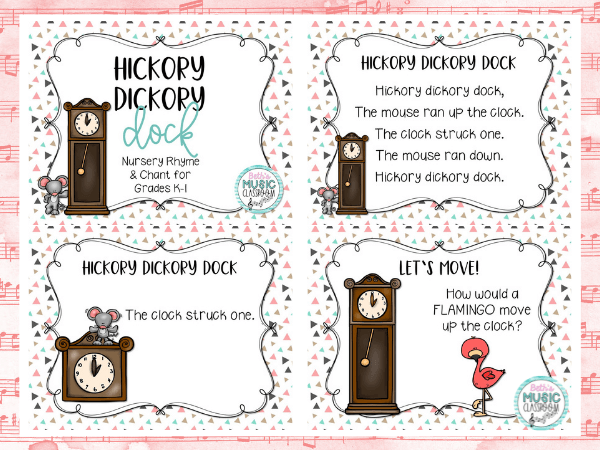
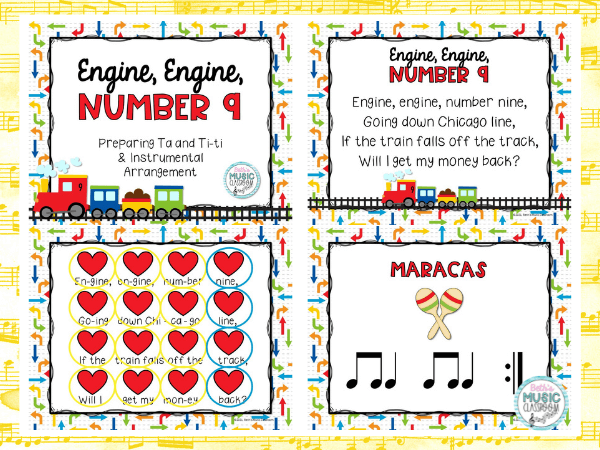
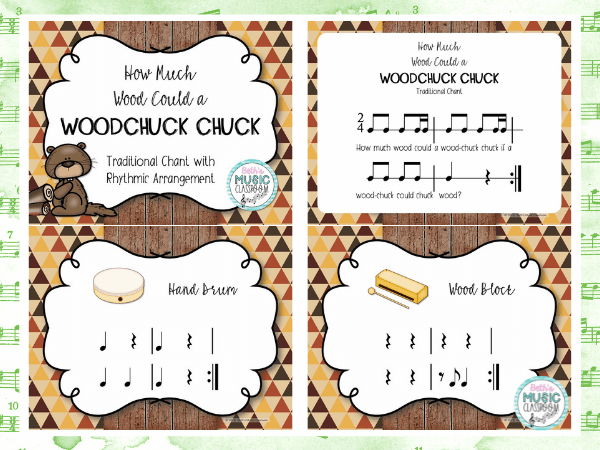
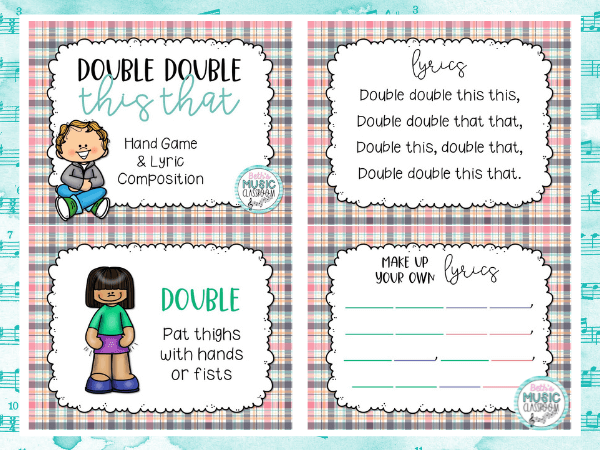
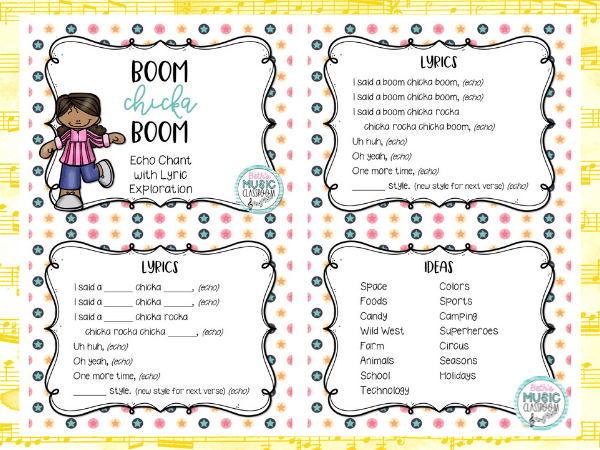
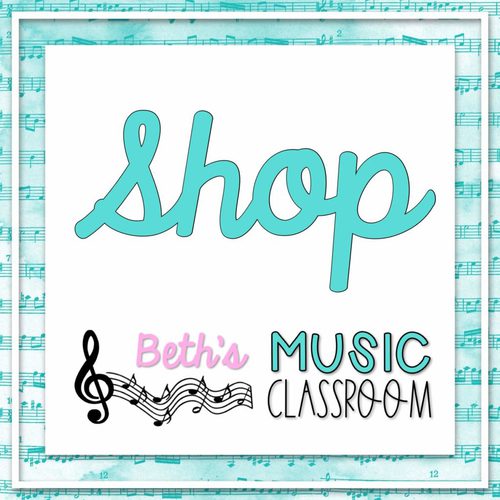
I like all the chants and activities
Excellent! I’m so glad!